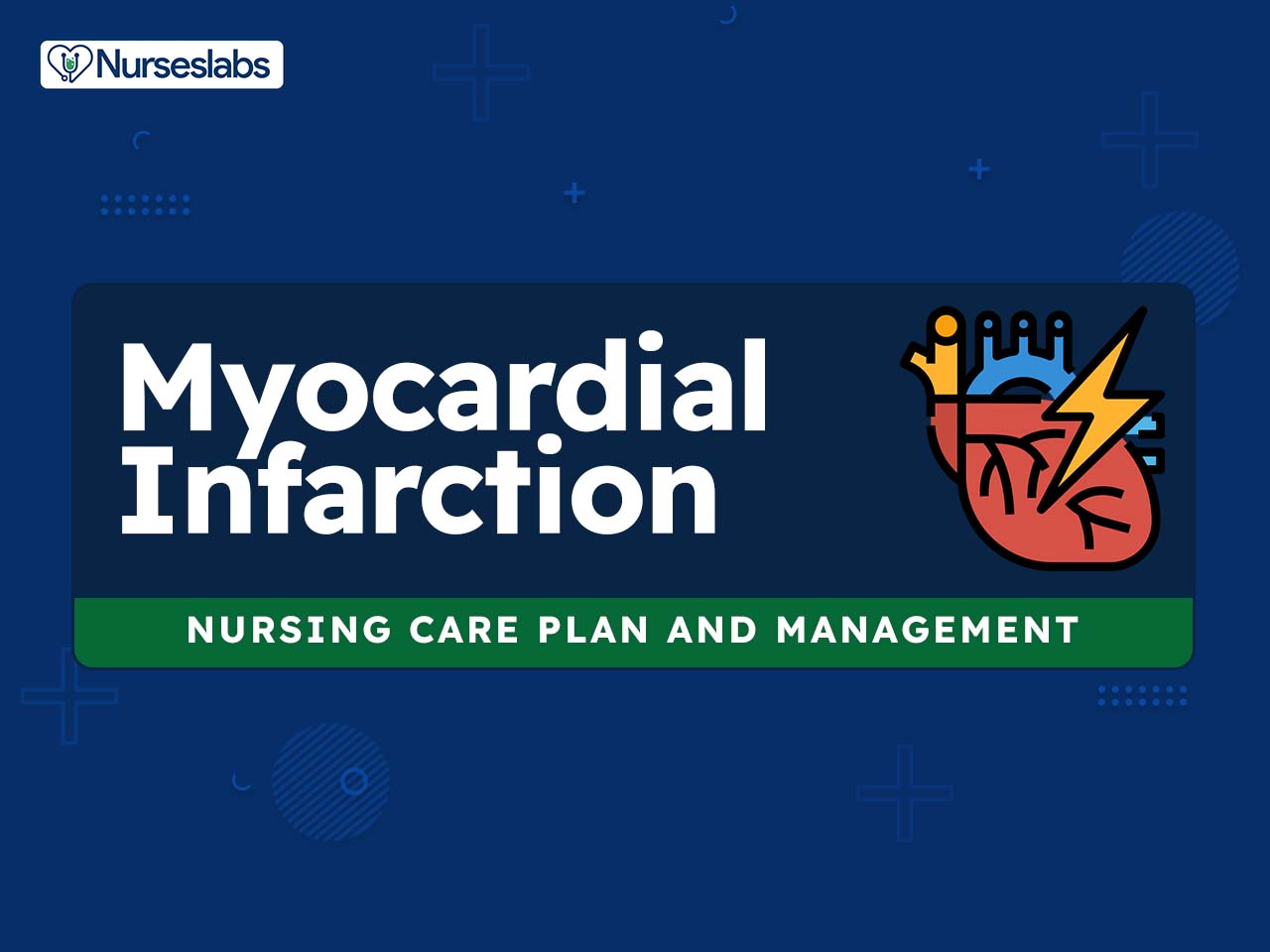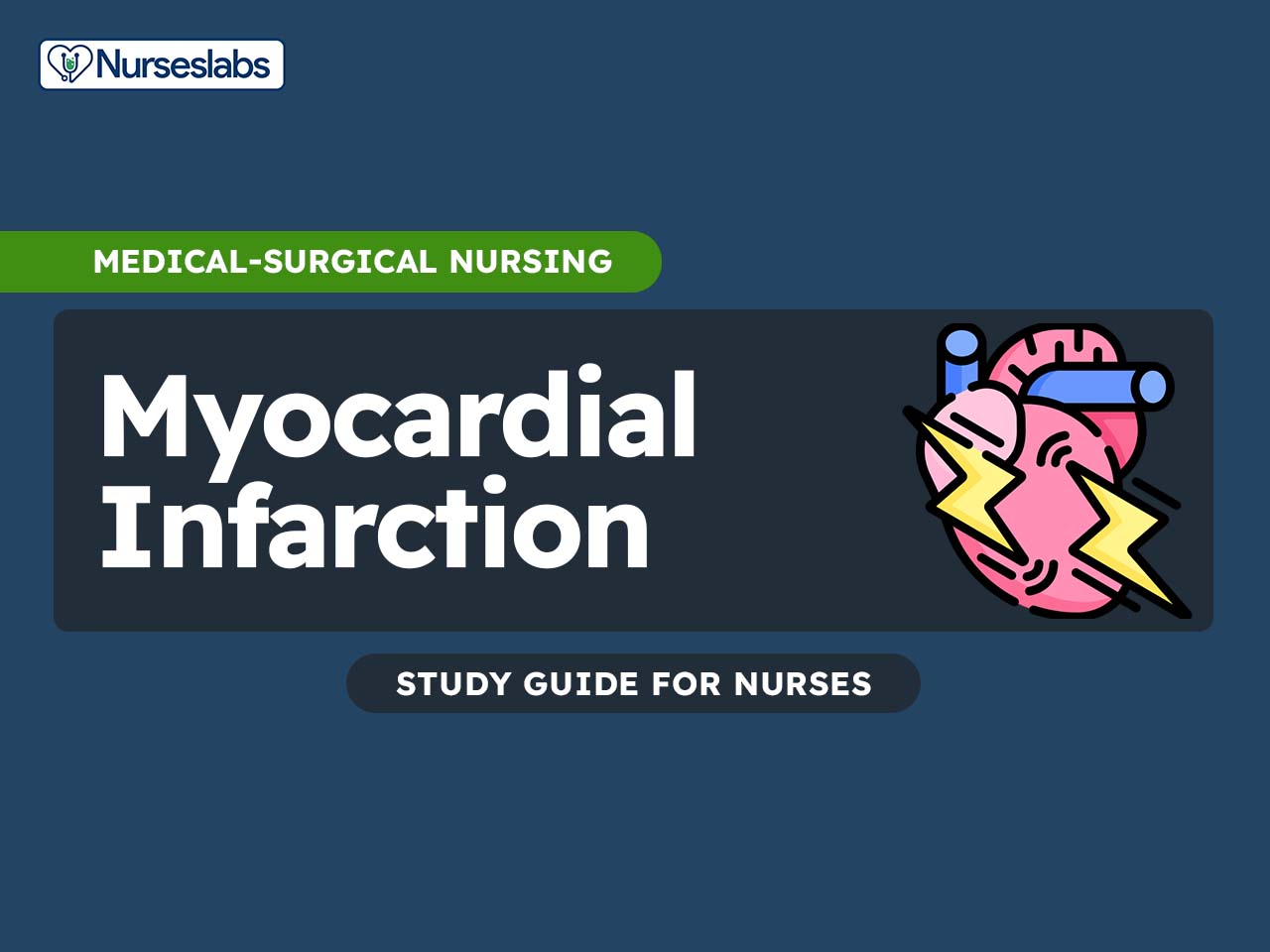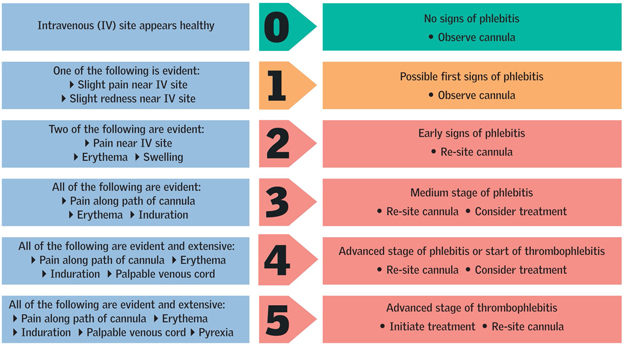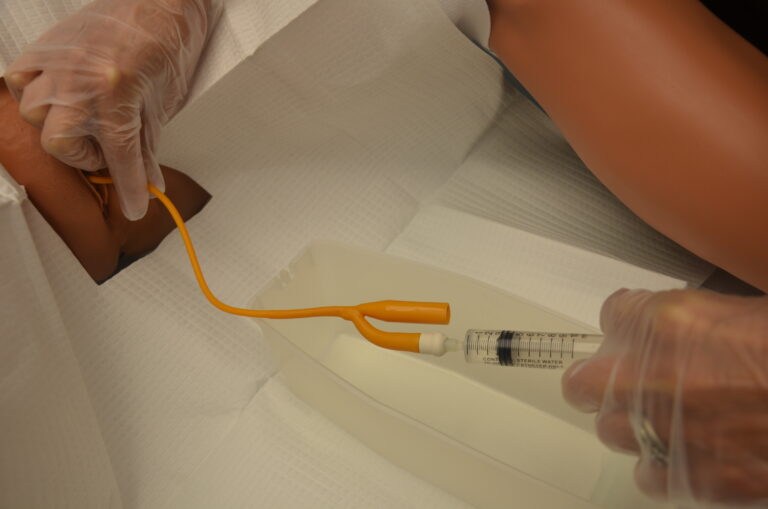2024 Female Myocardial Infarction: OSCE Evidence-Based Practice
2024 Female Myocardial Infarction: OSCE Evidence-Based Practice
Myocardial infarction (MI), commonly known as a heart attack, presents differently in women compared to men. Recognizing these differences is crucial for timely diagnosis and treatment. This blog will explore the 2024 guidelines for the Objective Structured Clinical Examination (OSCE) focusing on evidence-based practices for managing myocardial infarction in females.
Understanding Myocardial Infarction in Females
Myocardial infarction occurs when blood flow to a part of the heart is blocked for a long enough time that part of the heart muscle is damaged or dies. In women, the symptoms of MI can be more subtle and atypical compared to men.
Common Symptoms in Females
- Chest Pain: While chest pain is a common symptom, women may experience it differently. It can be described as pressure, tightness, or discomfort rather than sharp pain.
- Shortness of Breath: Women often report shortness of breath, which can occur with or without chest discomfort.
- Fatigue: Unusual or extreme fatigue is a common symptom in women, sometimes occurring days or weeks before the MI.
- Nausea and Vomiting: These gastrointestinal symptoms are more frequently reported by women.
- Back, Neck, or Jaw Pain: Pain in these areas can be more common in women than in men1.
The Role of OSCE in Managing Female MI
The OSCE is a practical exam used to assess the clinical skills of healthcare professionals. For managing MI in females, the OSCE ensures that practitioners can recognize and respond to the unique presentation of symptoms in women, applying evidence-based practices effectively.
Evidence-Based Practices for Managing Female MI
- Early Recognition and Diagnosis: Understanding the atypical presentation of MI in women is crucial. Prompt recognition and diagnosis can significantly improve outcomes2.
- Use of Diagnostic Tools: Electrocardiograms (ECGs) and blood tests for cardiac biomarkers (e.g., troponin) are essential for diagnosing MI. Women may have less obvious ECG changes, so clinical judgment is important3.
- Pharmacological Management: Immediate treatment with aspirin, nitroglycerin, beta-blockers, and anticoagulants is standard. Tailoring medication to the patient’s specific needs and monitoring for side effects is crucial4.
- Revascularization Procedures: Procedures such as percutaneous coronary intervention (PCI) or coronary artery bypass grafting (CABG) may be necessary to restore blood flow to the heart5.
- Rehabilitation and Lifestyle Changes: Post-MI care includes cardiac rehabilitation, lifestyle modifications (e.g., diet, exercise), and managing risk factors such as hypertension, diabetes, and smoking6.
Preparing for the OSCE
To excel in the OSCE, it is important to:
- Stay Updated: Keep abreast of the latest research and guidelines on managing MI in females.
- Practice Scenarios: Engage in mock OSCE scenarios to build confidence and improve your clinical skills.
- Reflect on Feedback: Use feedback from practice sessions to identify areas for improvement.
Conclusion
The 2024 OSCE for Female Myocardial Infarction emphasizes the importance of evidence-based practices in providing high-quality care. By understanding and applying these practices, healthcare professionals can significantly improve the outcomes for women experiencing MI.







